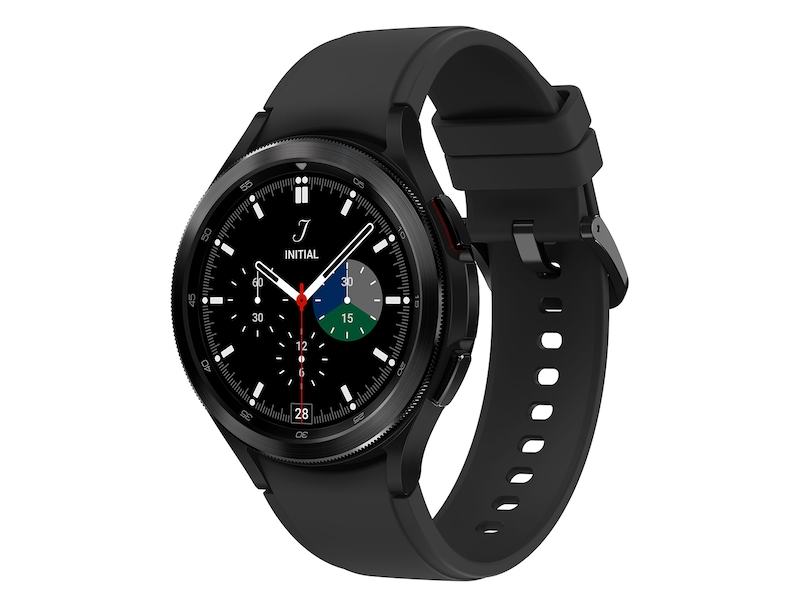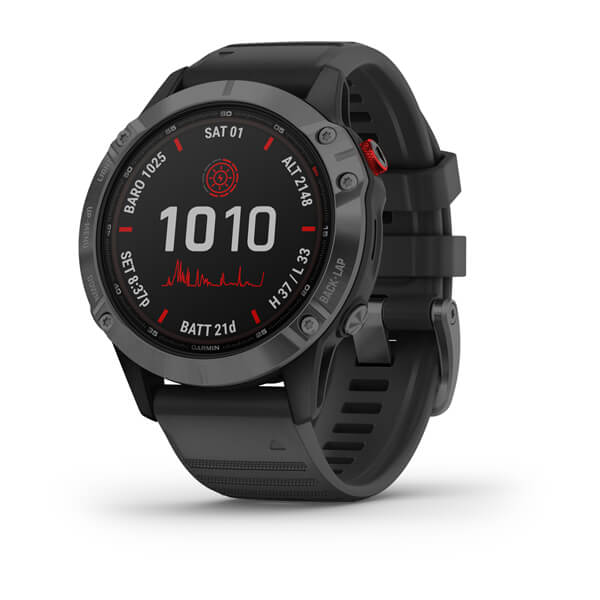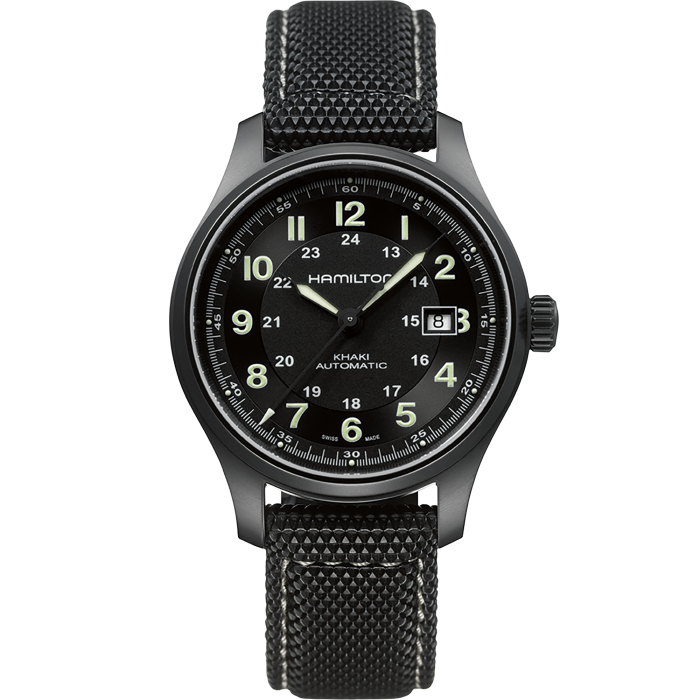Samsung Galaxy Watch4 Classic, 46mm, Black, Bluetooth
Keep your life on track and look good wherever you go with Galaxy Watch4 Classic. Make a stylish statement with an iconic silhouette and stainless-steel casing, and level up your wellness routine with exceptional health features.
Keep your life on track and look good wherever you go with Galaxy Watch4 Classic. Make a stylish statement with an iconic silhouette and stainless-steel casing, and level up your wellness routine with exceptional health features. Make the most of every run with advanced coaching and oxygen-level monitoring that help you exercise smarter while increasing endurance. Leave your phone behind while staying connected — call, text and stream music all from your wrist with LTE connectivity. Galaxy Watch4 Classic is health evolved.
The watch that knows you best
We all want to know more about ourselves, so we can be the best version of ourselves. That’s why we engineered the all-new Galaxy Watch4 Classic to be the stylish companion to your journey towards a healthier you.
This rotating bezel turns more than heads
Some looks are timeless, like the Galaxy Watch4 Classic’s rotating bezel and vivid screen. The refined design adds sophistication to your wrist for an elevated style. Its high-end stainless steel materials shows off its powerful and intuitive functionality
A new day. A new watch face
Choose between analog or digital watch faces with a variety of backgrounds, fonts, and colors to match your tastes, the weather, or occasion. Spice up your character watch faces with AR Emojis to express your style, while animated graphics show what you’re up to, like running or listening to music.
Healthy starts here
Name a workout, it can track it. Track your activities and fitness scores on your watch and phone. Count steps, check calories, and stay on the grid with GPS. Galaxy Watch 4 Classic detects physical activity to track your routines and supports more than 90 exercises for a more accurate report of your workouts.⁸
Additional information
| Weight | 52g |
|---|---|
| Dimension (HxWxD) | 45.5mm x 45.5mm x 11.0mm |
| Main Display Size | 1.36" (450px x 450px), 330ppi Corning® Gorilla® Glass DX |






Reviews
There are no reviews yet.